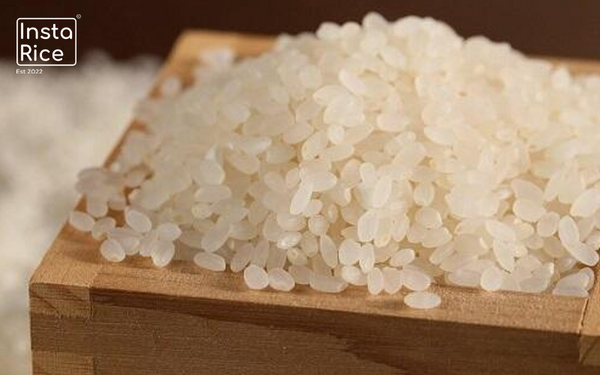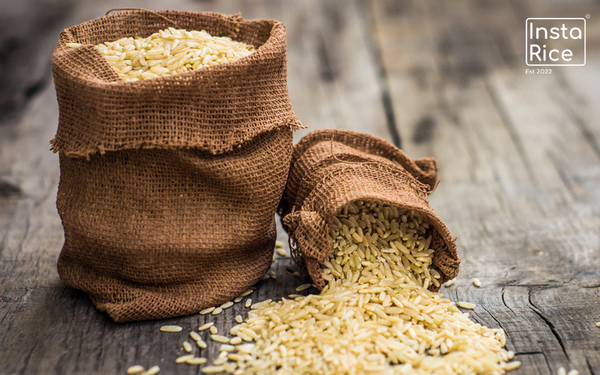Your Cart is Empty

Rice has been an integral part of Japanese cuisine and culture for centuries. This article goes over the long history and cultural importance of rice in Japanese society, along with many favourite rice dishes enjoyed in the Land of the Rising Sun.

Growing rice in Japan goes back over two millennia, with the first crops thought to have originated on the Korean Peninsula about 300 BC. Rice has since played a vital role in shaping the country's culinary traditions.
Rice became a staple crop due to its adaptability to Japan’s diverse climate. Rice farming techniques were refined over the years, and rice became a source of food for everyone. It was also used in Shinto religious ceremonies to represent purity and divine connection.
Rice's value goes beyond its use as a food source. Rice is a symbol of wealth, prosperity, and even spiritual purity in Japan. It is built into religious ceremonies and celebrations. At Shinto weddings, for example, newlyweds share "san-san-kudo," a tradition in which they sip rice wine from three distinct cups to symbolise their unity.
Even today, rice plays a role in popular culture, with traditional festivals like “Oseibo” and “Shichi-Go-San” celebrating harvest and the growth of children, respectively, with offerings of rice-based gifts.
Several rice varieties are grown and consumed in Japan, each with its own unique characteristics and uses. Some popular types include:




Rice is not only a delicious part of Japanese cuisine but also a nutritious one. Some benefits of consuming rice include:
In Japan, rice varieties are often classified by their quality and grade. Some popular brands known for producing high-quality rice include:
In conclusion, rice has been a staple food and cultural icon in Japan for centuries. It is a symbol of wealth, prosperity, and purity, and it has played a vital role in shaping the country's culinary traditions and societal practices. Rice cultivation has also shaped the landscape and traditions of rural Japan.
There are many different types of rice grown in Japan, each with its own unique flavour and texture. Some of the most popular types include Japonica rice, Indica rice, and sticky rice. Rice is a nutritious food that is low in fat and cholesterol, and it is a delicious and versatile ingredient that can be used in many dishes.
If you are interested in learning more about the history and culture of rice in Japan, I encourage you to read the article "The History and Culture of Rice Cuisine in Japan". This article provides an overview of the topic, and it is sure to give you a great understanding of the importance of rice in Japanese culture.